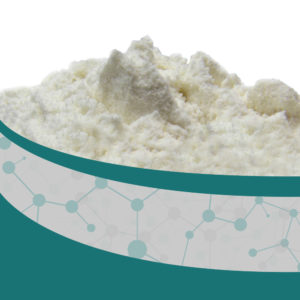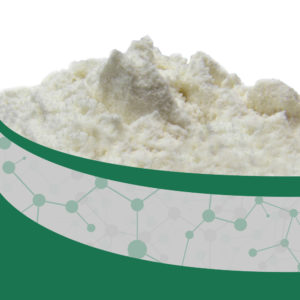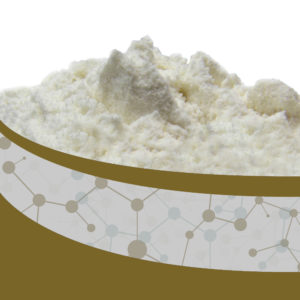Description
This aromatic hydrocarbon naturally occurs in certain plant species and insects. Hydroquinone is a potent anti-oxidant and has excellent abilities of skin lightening and is present in a variety of cosmetic products. This chemical can be harmful to some people because of the irritative action of this compound. This white-colored granular solid was first named hydroquinone in 1843.
BASIC INFO.:
- Model number:
- CAS number: 123-31-9
- Name: Hydroquinone.
- Trademark:
- Specifications: Used as a lightening agent in cosmetic products.
- Mf:
- MOQ:
- Sample:
- Transport Package:
- Original:
PRODUCT SPECIFICATIONS:
- Treatment and Function: Acts as an antioxidant as well as a lightening agent in skincare products.
- Physical Form: White granular solid.
- Medicine Type: Cosmetic Agent.
- Ingredients: Hydroquinone API
- Recommended for: Anyone can utilize it but with extreme care as it can be harmful.
- Storage: Keep it in a tightly closed container away from sunlight.
USES:
The skin lightening action of this compound makes it an active ingredient of skin lighteners, facial cleansers, moisturizers, bleach creams, hair-care items, etc.
CHEMICAL COMPOSITION:
This benzene-derivative is a type of phenol and has an IUPAC name of “benzene-1,4-diol”. The molecular formula for this compound is C6H6O2.
PRODUCT APPLICATION:
Human skin has a particular type of cell that produces melanin to darken the skin in response to the sunlight, these cells are called melanocytes. The main purpose of melanin is to protect the skin from the impact of UV rays. Hydroquinone work by reducing the numbers of melanocytes in the skin and hence lighten the skin by reducing the melanin as well. Skincare products and cosmetic items contain this chemical and lighten the skin.
PHYSICAL AND CHEMICAL PROPERTIES:
- Melting Point – 172℃
- Density – 1.3g/cm3
- Form – Granular Solid.
- HS Code – 29072200
- Color – White.
- Molecular Weight – 110.112g/mol.
- Solubility – Soluble in water.









